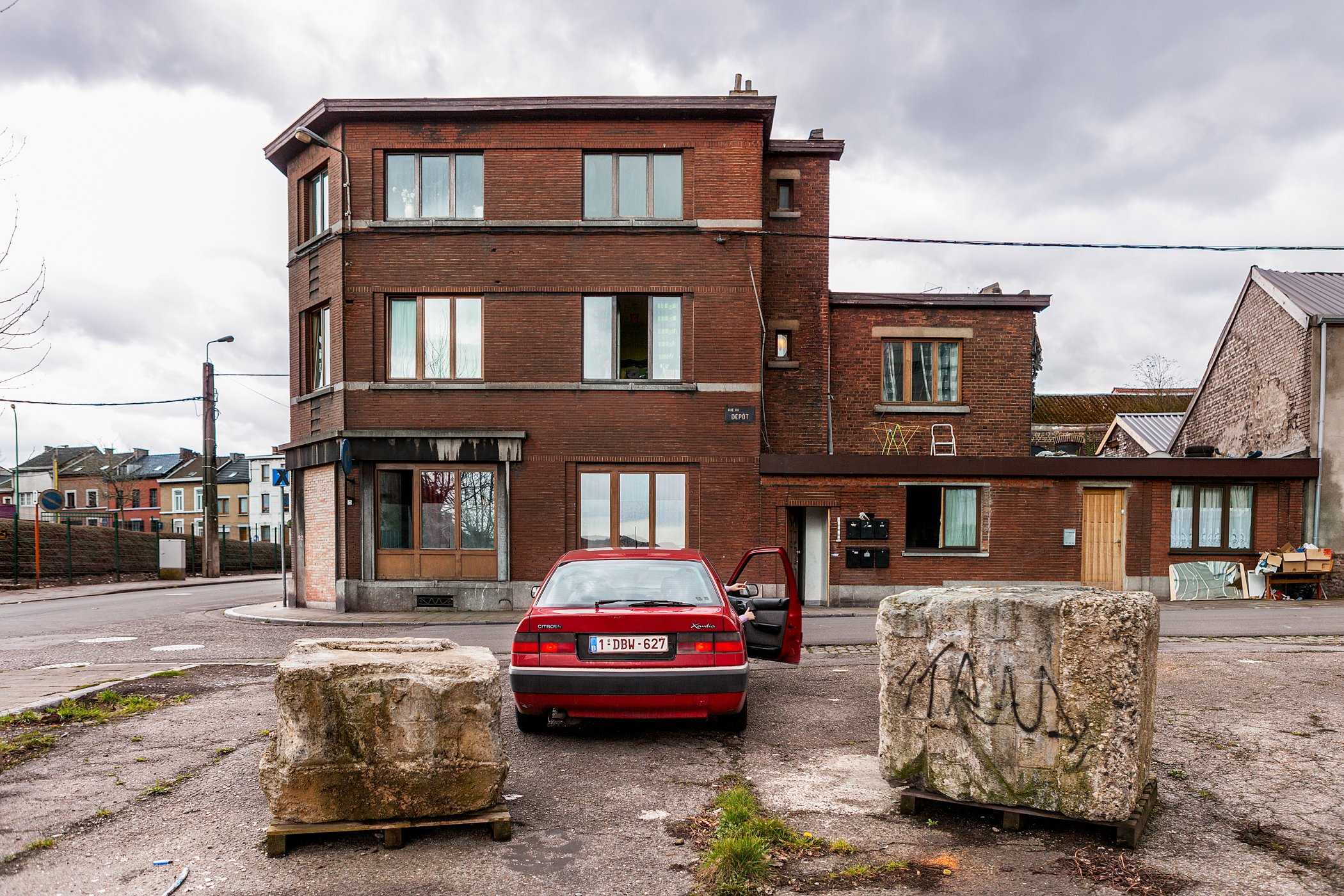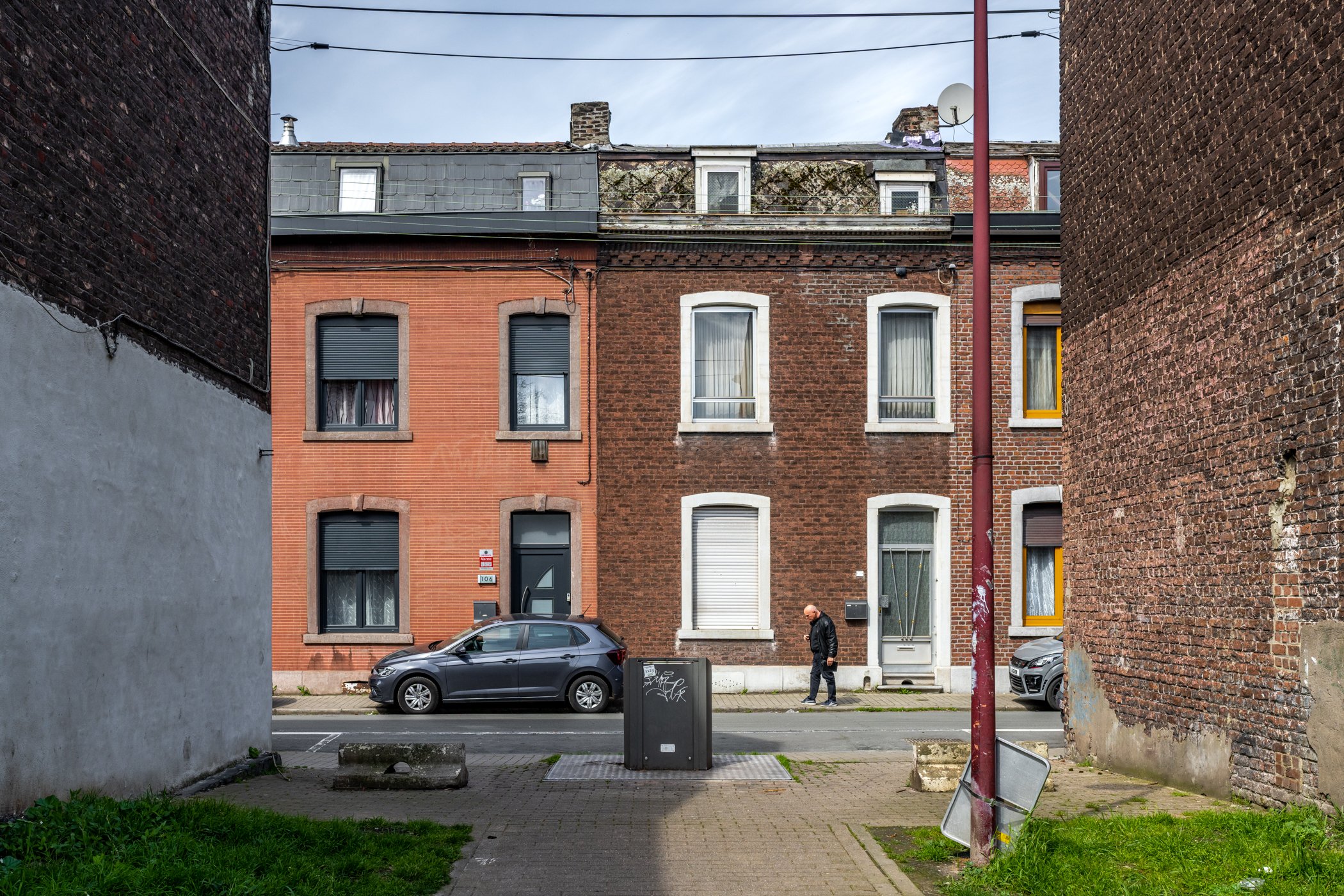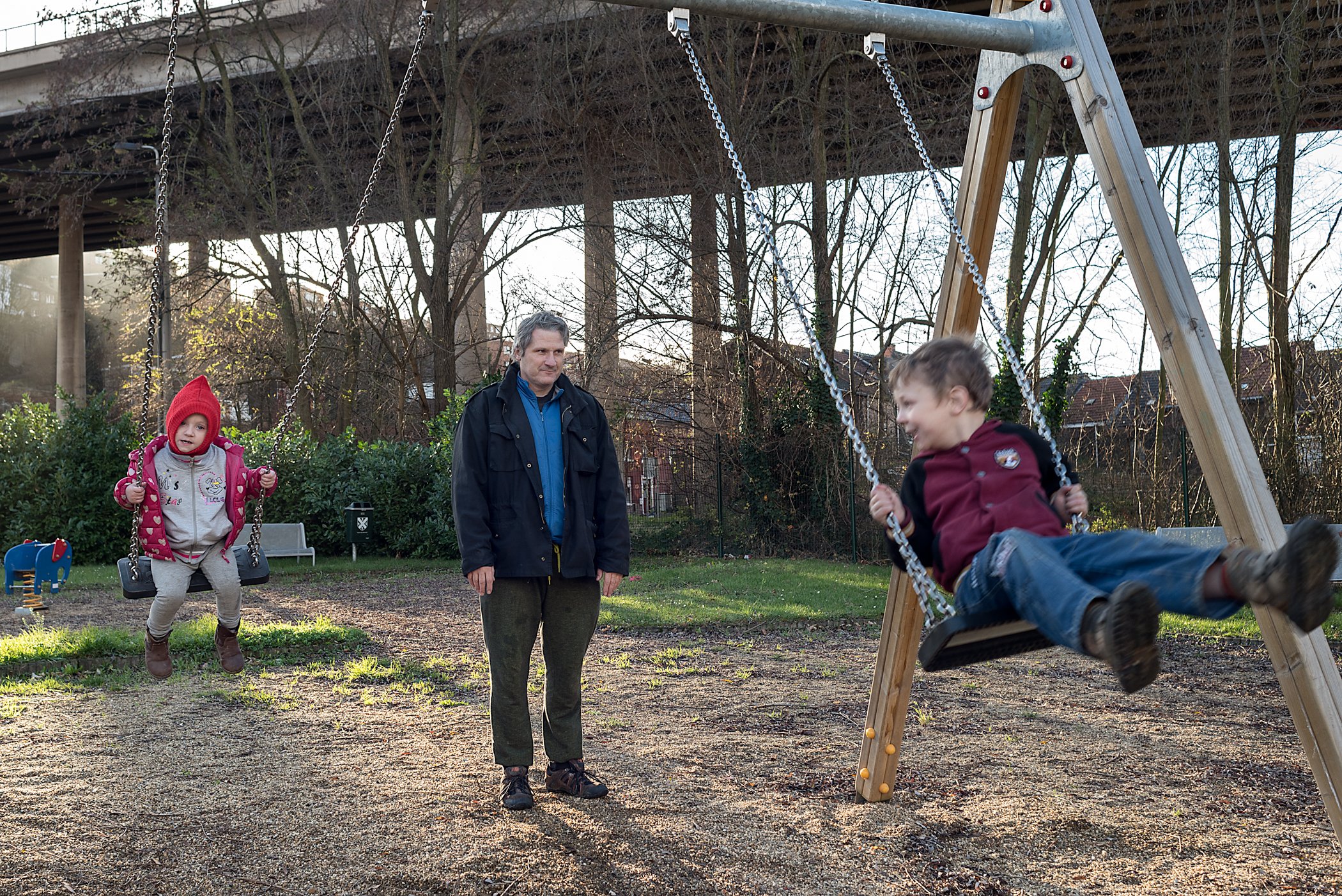seraing
2012 - present
In the 19th century, Seraing, in the province of Liège, grew into a real industrial city under the leadership of English entrepreneur John Cockerill. He purchased the episcopal palace in 1817 and turned it into a coke factory with blast furnaces. The steel and machinery factories he later established became part of the Société Anonyme John Cockerill after his death in 1842.At that time, Seraing played a significant role in the economic development of Belgium when steel mills and mines were essential components of a prosperous Belgium, providing employment to workers from Europe and beyond.
In 1930, economic development stagnated, and many investors and companies turned their attention to Flanders, where the potential for economic growth suddenly became much higher, thanks in part to the Port of Antwerp. Seraing was quickly forgotten, just a hundred years after it had become a center of employment and industrial development.
I visited the city for the first time in 2012 as a photography student. The horizon along the Meuse River was dominated by the carcasses of old steel mills and dilapidated residential areas. No one could ignore the past here.
And yet, in the midst of Seraing, a city flirting with an unemployment rate of 20 percent, the Liège-based architectural firm Greisch established a hypermodern Administrative City. It serves as an eye-catching centerpiece that aims to provide the people of Seraing not only with a past but also with a future.


































